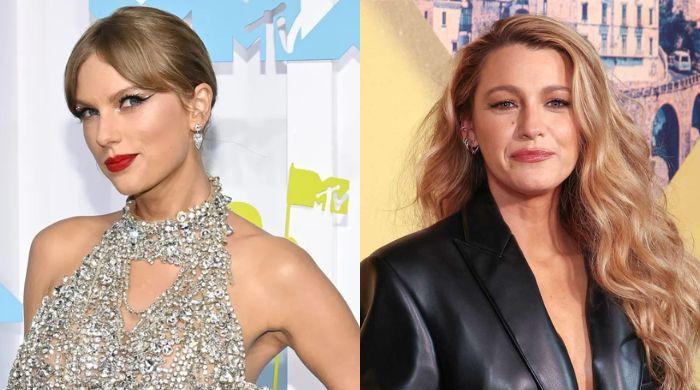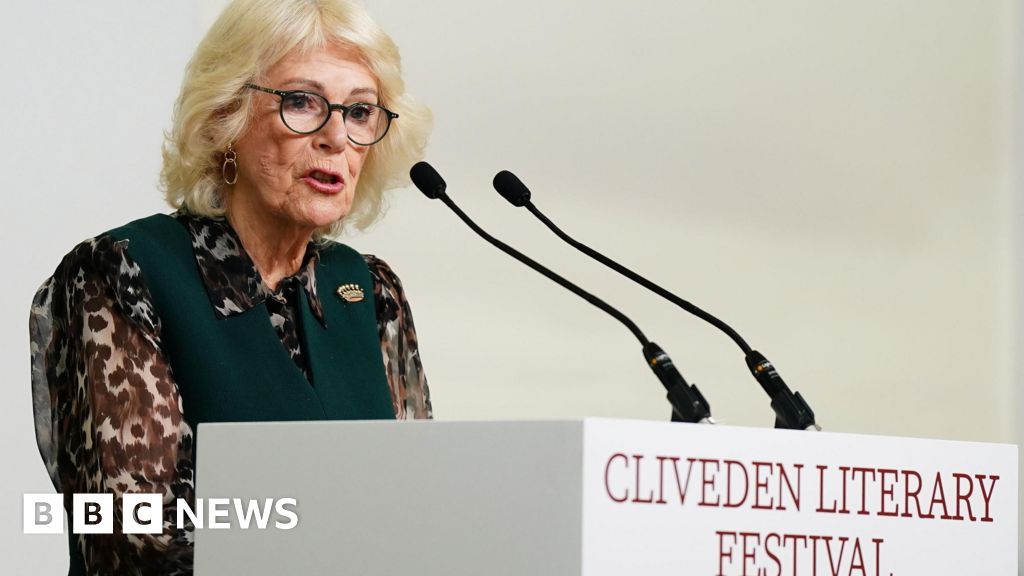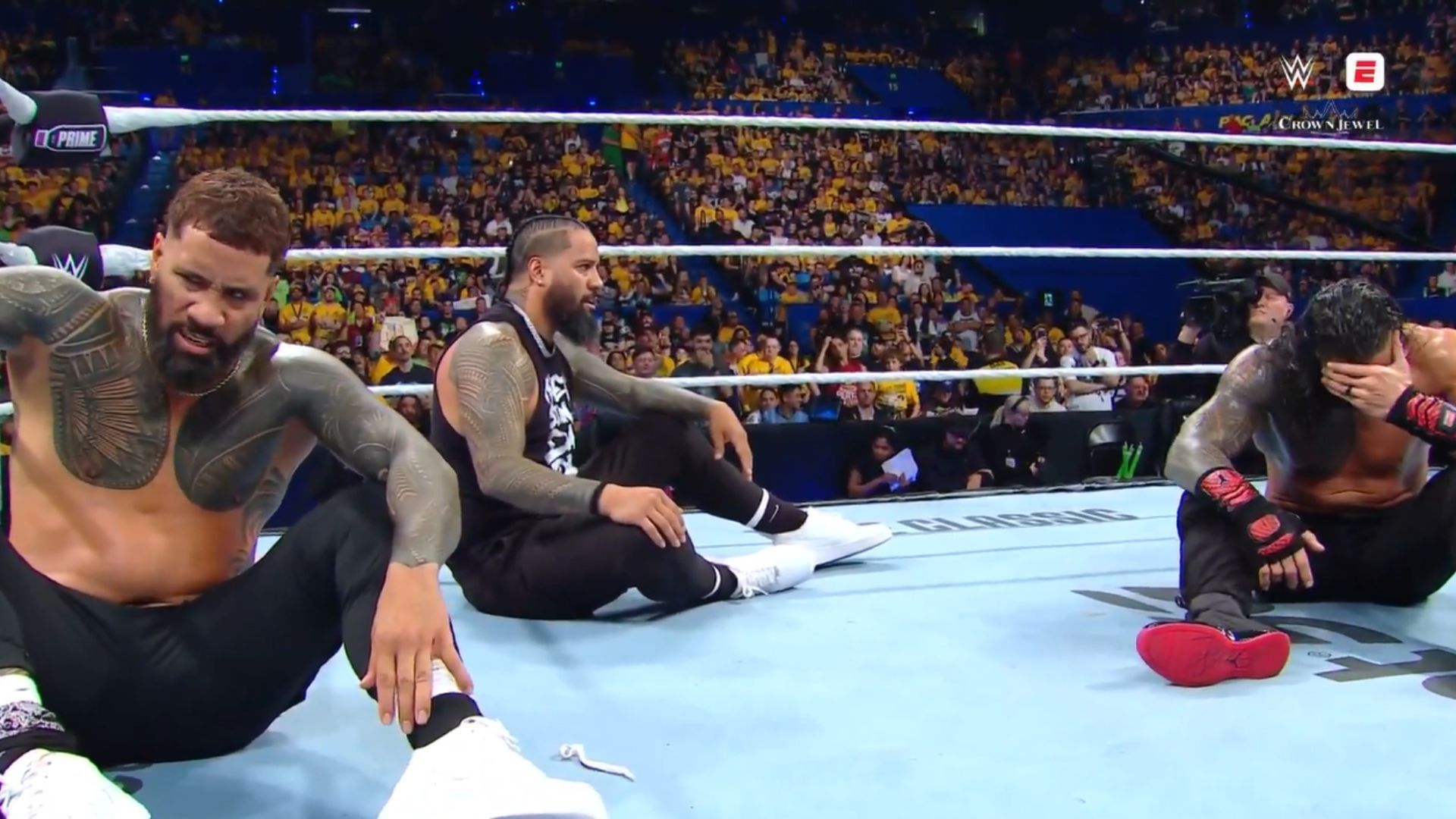John Cena left AJ Styles stunned with an incredible gesture honouring his career ahead of the two legend’s final match.
Cena, nearing the end of his retirement tour, personally requested to face ‘The Phenomenal One’ in one of his last encounters -…
John Cena left AJ Styles stunned with an incredible gesture honouring his career ahead of the two legend’s final match.
Cena, nearing the end of his retirement tour, personally requested to face ‘The Phenomenal One’ in one of his last encounters -…

Taylor Swift’s latest album, The Life of a Showgirl, has seemingly shaken Blake Live to the core.
An insider told RadarOnline.com that Lively…

In an unprecedented WWE moment that has fans buzzing online, Roman Reigns delivered a jaw-dropping performance reminiscent of a cricket showdown. During a recent match at WWE Crown Jewel…

Julia Roberts may an Academy Award-winning actress, but early in her career, she struggled to overcome harsh criticism.
“I don’t think I entered into my career with much confidence,” Roberts told People Magazine in a recent interview.
Roberts, who…

The Queen has shared a wistful but mischievous memory of her longstanding friend Dame Jilly Cooper, as she spoke at a book festival six days after the author’s death at the age of 88.
Speaking at the Cliveden Literary Festival in Berkshire, Queen…

In a chaotic Crown Jewel showdown that lit up Perth and WWE fans worldwide, the fight between “Big” Bronson Reed and “Original Tribal Chief” Roman Reigns delivered a spectacle that had fans on the edge of their seats. The significant moment,…
BDE Will Participate In The Call Your Shot Gauntlet, Backed By The Haroon Twins and Brent Oakley
BDE, the popular YouTube content creator and rising pro wrestler, will compete in the TNA Wrestling Call Your Shot…

By Charles Passy
The composer of “The Phantom of the Opera,” “Cats,” “Evita” and many others, is enjoying a new – and busy – chapter in his decadeslong career
Andrew Lloyd Webber’s latest successes include a Broadway production…

Triple H’s reaction has been revealed after Roman Reigns lost to Bronson Reed at the WWE Crown Jewel Premium Live Event. The OTC was accidentally speared by his cousin Jey Uso during the match’s closing moments.
The rematch…

WEB DESK: Angelina Jolie remains firm in her decision to undergo a double mastectomy and have her ovaries removed as preventative measures.
In a recent interview with Hello magazine, the “Maria” actress opened up about these life-altering…